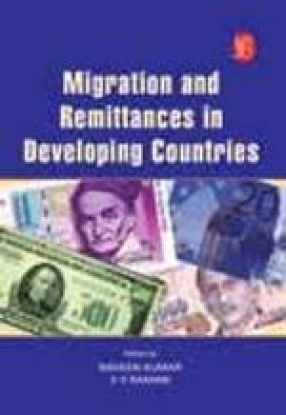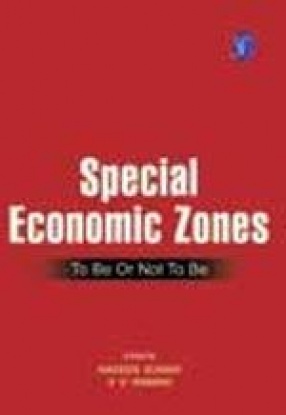Migration and Remittances in Developing Countries
Synopsis
Migration is a global phenomenon. According to a study, it is estimated that about 3% of the world’s population is migrants. It is a massive movement of people across the globe i.e., almost 175 million people living outside their country of origin. If all the migrants lived in the same place, it would be the world’s fifth largest country. Remittances, an inextricable facet of migration, are the sum of money that migrants regularly send to their families who have remained in their countries of origin. Remittances are generally targeted towards poor families and individuals. There is a wide consensus that remittances play an important role in alleviating poverty, increasing consumption, bettering education for children and in healthcare as well as some investment purposes. Emigrant households are more likely to send their children to schools. Remittances are productively invested in micro-enterprises, used to build housing and local infrastructure, such as schools and clinics, to buy land or materials to work the land or seeds to plant. By providing an additional source of income, remittances are crucial for enabling poor families to improve the standard of living. Therefore, remittances function as a social safety net for poor families. The book exclusively concentrates on the overview and status of migration and remittances and the impact of remittances on socio economic development of the countries like India, Philippines, China, Bangladesh, Nepal, Indonesia, Pakistan, Sri Lanka, Afghanistan, Somalia Mexico, Nigeria and Macedonia.
Read more
34.20
30.78
$
38.00 $
Free delivery Wolrdwidе in 10-18 days
Ships in 2-4 days from New Delhi
Membership for 1 Year $35.00
Get it now and save 10%
Get it now and save 10%
BECOME A MEMBER











Bibliographic information
Naveen Kumar Agarwal